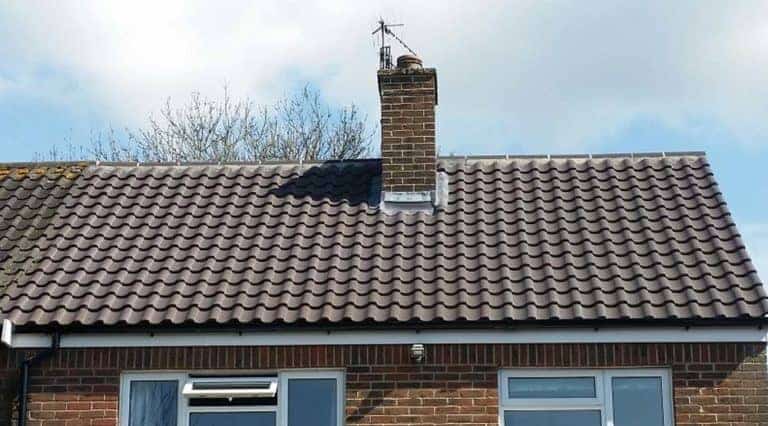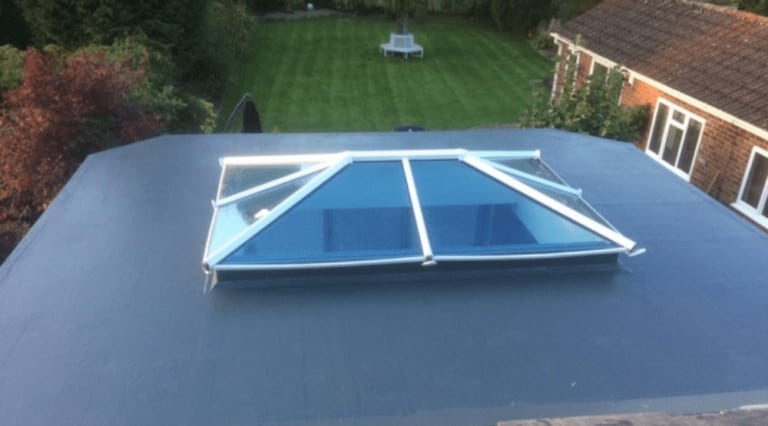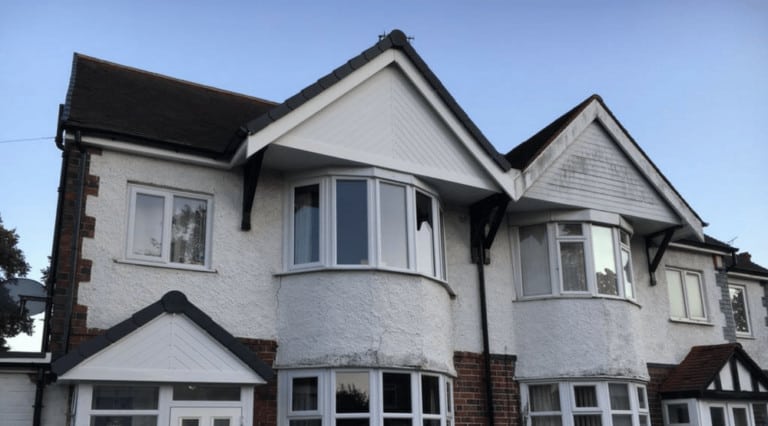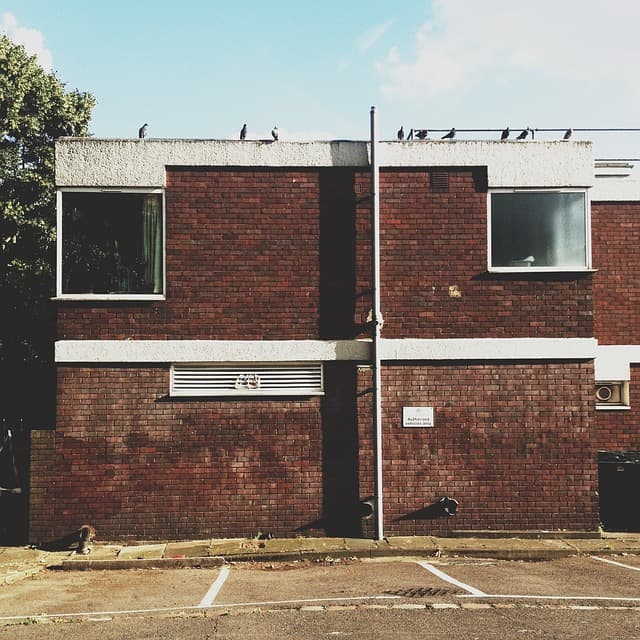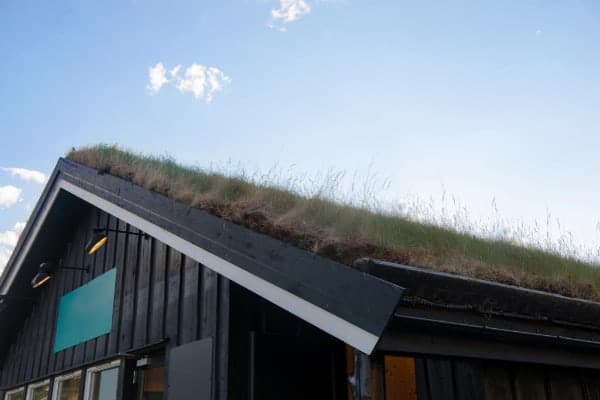Find My Local Expert Signs Your Home Needs Chimney Repointing...
Read More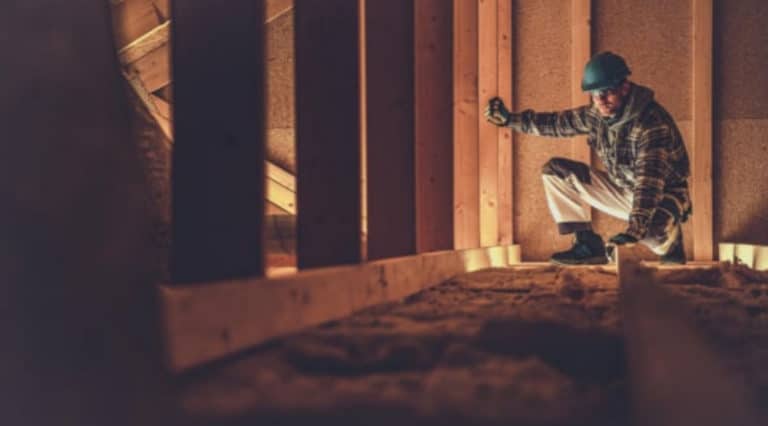
Roof Inspection: When should you do it?
The roof of a home can often be overlooked when it comes to regular maintenance and inspection. For many of us, if there are no tiles falling off or gaping holes letting the elements in, it is just assumed that the roof is fine. Like everything else in your home, however, the fact that there are no visible signs of a problem does not necessarily mean there are no problems.
Your roof can develop issues that are largely invisible to the untrained eye, or that are out of sight without a more thorough poking around than an average roof receives in the course of a normal day. Problems like this are often “slow burners”, and take a long time to reach a point where the damage caused becomes an inconvenience or a safety risk, but that doesn’t mean you have more time to deal with the problem. It is often the case that the sooner the problem is dealt with, the less it will cost to repair. Given that the more insidious problems a roof can develop will go almost entirely unnoticed for a long time, you can probably see the issue.
This is where roof inspectors come in. Roof inspectors are trained to spot these issues, whether they are obvious to you or not. By periodically having your roof inspected, you increase the chances that you will catch any developing issues early on, and, in doing so, reduce the cost and time it will take to repair them.
When Should a Roof Inspection Be Done?
Given that the goal of a roof inspection is to highlight potential issues before they become actual issues, the best times to have a roof inspection are before and after the most taxing time of year for a roof. In the UK, that time would be the winter months.
With the excessive rain and wind that we often receive in this part of the world, your roof will be subjected to far more stress during this part of the year than during the rest of the year, which also means that it is during this period that any weaknesses or problems with the roof will become apparent.
With that in mind, the best time to get your roof inspected is just before and just after winter. The exact timing is flexible, you could have your roof checked in mid-autumn or just as winter starts to bite. The goal is to make sure there is no damage or fault that could be exploited by the harsh weather before winter, and to check for any damage that might have been done by that weather after winter.
Of course, not everyone is in a position to have their roof inspected multiple times a year—after all, it does cost money. If you can’t afford to have two roof inspections a year, we would strongly suggest having at least one inspection a year, just before winter. This way, if there are any problems with your roof, you will be able to get them fixed before winter kicks in, and if winter does any damage to your roof, you will at least be enjoying the milder weather throughout the year until your next inspection.
How Much Does it Cost?
On the subject of cost, how much will a roof inspection set you back? As you might expect, the cost of a roof inspection varies depending on factors like the type and size of the roof, as well as the rates of the company you use, but we can give you some rough figures to work with.
As a general rule, if the property is valued at under £100,000, you can expect a roof inspection to cost somewhere in the region of £200. For properties that are worth more than that, you can expect to be paying closer to £350 for your roof inspection. The type of property (residential or commercial) is also a factor, with commercial properties typically being more expensive.
It can help to factor in this cost with your regular expenses. A one-off payment of £200-300 can seem a bit steep if you let it take you off guard, but can work out to just a few pounds a week spread out over the whole year.
What do Roof Inspectors Look For?
The most obvious thing that roof inspections check for are things like missing tiles, holes, and visible damage. Of course, there is a strong chance you will be able to notice problems like this yourself if they are severe enough—particularly if it is raining into your home—but you might be surprised at just how severe problems can get without being visible to you down on ground level.
Next, your inspector will be looking for less obvious signs of a problem, such as leaking, or damp. Leaking can occur even when there are no major signs of a problem, and can be much more difficult to pinpoint.
Your roof inspector will also be checking for some incredibly subtle problems, such as brittle nails, loose tiles, excess debris or vegetation, and much more. Remember, they are not just there to tell you there is an existing problem, they will tell if you might be looking at a problem in the near future.
Roof inspections are not limited to the roof itself, of course. An inspection will turn up any issues you might be facing with your guttering or chimneys, including blockages, deterioration, and anything else that might impair their ability to do what they were designed for.
How Often Should You Get Your Roof Inspected?
As we touched on earlier, the ideal time to have your roof inspected is just before and just after winter, which places the ideal frequency of roof inspections at two per year. Once again, we understand that the cost of two inspections a year is a lot for many people, but you should certainly strive for at least an annual inspection.
Your roof is incredibly important, not just due to the fact that it keeps you protected from the elements, but it is also an important structural element. Not to mention a near and present danger if a loose tile were to slide off of the roof and land on somebody, or a portion of the roof fell in and injured someone in the house.
Can I do it Myself?
Roof inspectors are highly trained and utilise a number of professional tools to do what they do, so it would be wrong to assume you could do the same job without that experience or the necessary tools. That being said, there are certainly things you can do to keep an eye on the health of your roof.
To start with, visual inspections are a must. It doesn’t take much effort to cast your gaze upwards when you are getting home from a day at work, or enjoying some time in the garden. As we mentioned, you won’t be able to perform anywhere near as thorough an inspection as your roof inspector can, but you should be able to spot any significant problems which, for the effort involved, is certainly worth it.
You can also stick your head up in the loft once in a while and check for damp, leaks, and strong breezes. All of these are possible indications that there may be a problem with your roof.
At the end of the day, however, the job of properly inspecting your roof is best left to a professional roof inspector. Not only will they be better trained to spot problems and have the latest tools of the trade, but they will be able to perform a thorough inspection much more safely, using tools like drones to get a better look at high up places without the need for dangerous ladders.
Conclusion
Roof inspections can feel like an unnecessary expense if looked at in a particular light, but it is important to remember that the cost of repairing a roof that has developed problems is almost always greater than the cost of maintaining a roof that is in good shape.
The nature of that maintenance will vary from roof to roof—you don’t need to worry about tiles slipping off a roof that uses metal roof cladding, for instance—but fixing problems as they begin to develop should undoubtedly be part of that maintenance, and the best way to catch those problems early on is through a roof inspection.
The temptation to carry out your own inspections can be great, but, while there are some things you can—even should—do yourself, it is much safer to leave the more involved aspects of the roof inspection to the professionals.
So, to sum it up, two roof inspections a year—just before and just after winter—is the sweet spot of roof inspection frequency, but certainly try and get your roof inspected as often as is feasible if two times a year is not possible. It could save you a lot of money in the long run.
You May Also Like...
Roof Lanterns and Roof Lights Installation and Repair
Find My Local Expert Roof Lanterns and Roof Lights Installation...
Read MoreGuttering, Fascia and Soffit Repair and Replacement
Find My Local Expert Guttering, Fascia and Soffit Repair and...
Read MoreDo I need planning permission for a flat roof extension?
Find My Local Expert Do I Need Planning Permission for...
Read MoreAm I Allowed to Install Green Roofing in the UK?
Find My Local Expert Am I Allowed to Install Green...
Read MoreNeed a Roof Inspection Today?
My Trusted Expert Guarantee
Experts Have Been Vetted & Approved
